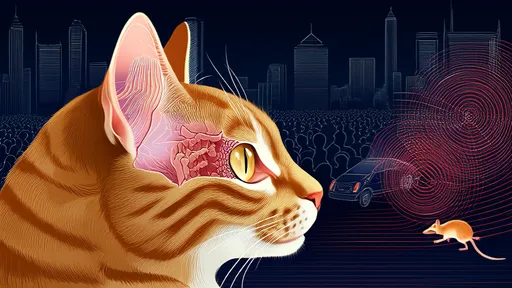For families with children, choosing the right dog breed can make all the difference in creating a harmonious and joyful household. Not all dogs are equally suited to the energetic and sometimes unpredictable nature of young kids. Some breeds, however, stand out for their gentle temperament, patience, and natural affinity for children. These dogs not only tolerate the noise and activity of family life but often thrive in it, becoming loyal companions and even protectors of their little humans.
The Golden Retriever is often the first breed that comes to mind when thinking of family dogs, and for good reason. Their friendly and tolerant attitude makes them ideal companions for children of all ages. Goldens are intelligent, easy to train, and incredibly patient, which means they can handle the occasional tail pull or ear tug from a curious toddler without reacting aggressively. Their playful nature ensures they’ll happily join in games of fetch or run around the backyard, burning off energy alongside the kids. Additionally, their loyalty and protective instincts mean they’ll often keep a watchful eye over their young charges.
Labrador Retrievers share many of the same qualities as their Golden cousins, making them another top choice for families. Labs are known for their outgoing and even-tempered personalities, which make them excellent playmates for children. They are highly adaptable, fitting seamlessly into both active households and more relaxed environments. Their sturdy build allows them to handle rough-and-tumble play, while their gentle mouths—a trait bred into them for retrieving game—mean they’re less likely to nip or bite, even during enthusiastic play sessions. Labs are also highly food-motivated, which can make training a breeze, especially when kids are involved in the process.
The Beagle, with its compact size and merry disposition, is another wonderful option for families. These small to medium-sized dogs are known for their cheerful and curious nature, which aligns well with the energy levels of children. Beagles are pack animals by nature, which means they thrive in social environments and often form strong bonds with their human families. Their sturdy build makes them resilient to the occasional rough handling, and their playful demeanor ensures they’re always up for an adventure. While they can be a bit stubborn when it comes to training, their love for treats and positive reinforcement makes them eager to please, especially when kids are part of the training process.
Bulldogs, despite their somewhat gruff appearance, are among the most gentle and affectionate breeds for families. Their laid-back personality makes them excellent companions for children who may not want a high-energy dog. Bulldogs are known for their patience and tolerance, often content to lounge around the house or join in on quieter activities. Their sturdy, low-to-the-ground build means they’re less likely to knock over small children accidentally, and their calm demeanor makes them less reactive to sudden noises or movements. While they may not be the most active playmates, their unwavering loyalty and love for cuddles make them a favorite among kids.
The Collie, immortalized by Lassie, is another breed that excels in family settings. These dogs are highly intelligent, gentle, and naturally protective of children. Collies are known for their herding instincts, which can translate into a watchful eye over kids, often keeping them out of trouble. Their long, flowing coats may require regular grooming, but their sweet and patient nature more than makes up for the extra maintenance. Collies are also highly trainable and eager to please, making them excellent partners for families who want a dog that can participate in activities like obedience training or agility courses with their children.
When selecting a dog for a family with kids, it’s important to consider not just the breed’s temperament but also the individual dog’s personality and upbringing. Even within these gentle breeds, there can be variations in behavior, so meeting the dog beforehand and observing its interactions with children is crucial. Additionally, teaching kids how to properly interact with dogs—such as avoiding rough play or respecting the dog’s space—can go a long way in fostering a positive relationship between them.
Ultimately, the right dog can bring immeasurable joy and companionship to a family. Whether it’s the ever-patient Golden Retriever, the playful Labrador, the cheerful Beagle, the laid-back Bulldog, or the protective Collie, these breeds have proven time and again that they can be wonderful additions to households with children. With proper training, socialization, and care, these dogs will not only tolerate the chaos of family life but will embrace it wholeheartedly, becoming cherished members of the family for years to come.

By /Jun 13, 2025

By /Jun 13, 2025

By /Jun 13, 2025

By /Jun 13, 2025

By /Jun 13, 2025

By /Jun 13, 2025

By /Jun 13, 2025

By /Jun 13, 2025

By /Jun 13, 2025

By /Jun 13, 2025

By /Jun 13, 2025

By /Jun 13, 2025

By /Jun 13, 2025

By /Jun 13, 2025

By /Jun 13, 2025

By /Jun 13, 2025

By /Jun 12, 2025

By /Jun 12, 2025

By /Jun 12, 2025

By /Jun 12, 2025